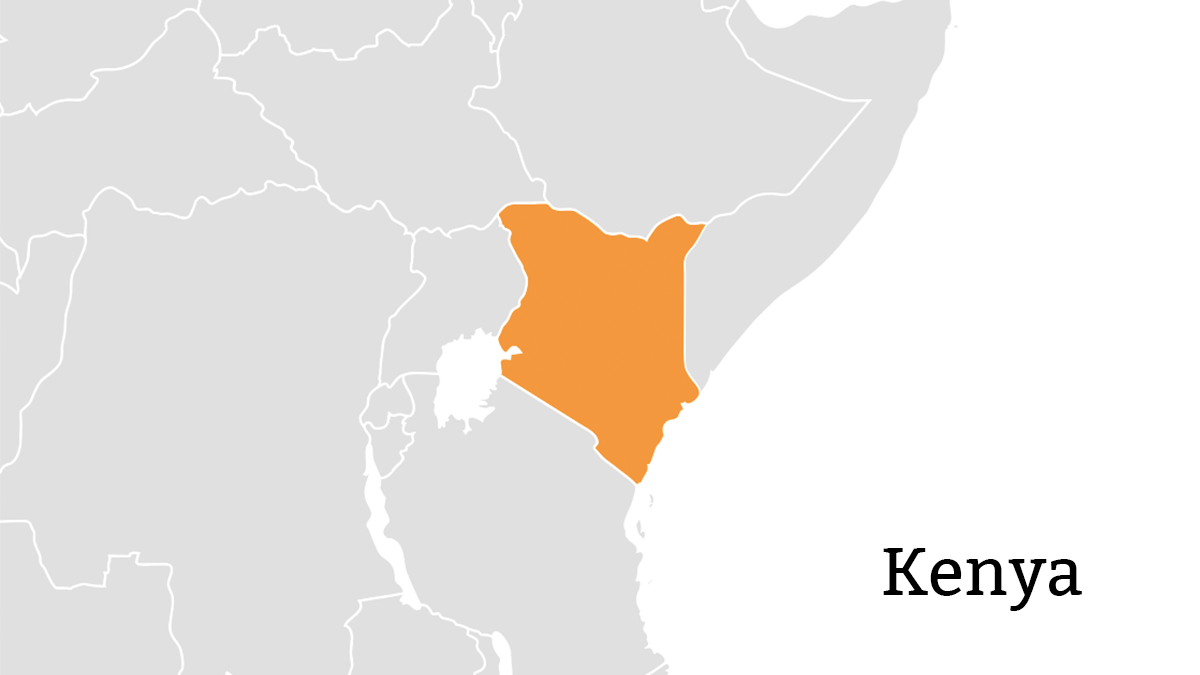
The Kenyan telecommunications sector dramatically changed over the first decade of the new millennium. In 2000, only three of every 100 people in Kenya used the internet. From that year onwards, the telecommunications industry was liberalized, initiating a steady decline in telecommunication service costs and an increased demand for mobile ownership.
In the latter half of the decade, mobile technology emerged as the predominant information and communication technology (ICT) in Kenya. Following the introduction of Kenya’s first ICT policy in March 2006, the Vision 2030 plan was launched in 2008 and covers five-year spans until 2030. One goal of the plan is to promote the advancement of science, technology, and innovation and the plan positioned these subjects as part of the foundation for socio-economic development.
In this vein, contracts were negotiated by the Government of Kenya to bring the first fiber optic cables to East Africa. Increased internet bandwidth at a lower cost became possible through the arrival and launch of the TEAMs and SEACOM cables in Mombasa in June and July 2009 respectively. At the same time, the mobile sector was still subject to a variety of taxes on items ranging from handsets to airtime to ICT equipment. Despite growing evidence that showed the positive impact of mobile technology on economies in the region, including Kenya, the technology was still being treated as a luxury item and taxed accordingly.
The first mobile network operator in Kenya received its license in 1997. Within ten years, the mobile network became more widespread than fixed-line infrastructure, but mobile services were still more expensive. This was in part due to a duopoly that did not yet result in a lowering of tariffs but also as a result of device costs. Excise duties and taxes still applied to some ICT products, including mobile handsets. In Kenya, there was a 16% value-added tax (VAT) on handsets and a total of 26% in taxes on mobile services (VAT and airtime). At the time, the unprecedented demand for telecommunications services throughout the country meant that even with tax increases, the sector experienced extraordinary growth. These circumstances made mobile services a luxury for the majority of citizens and kept mobile teledensity under 20%.
The market soon began to experience the strain of these high costs. Competition had gone as far as it could in reaching customers before the substantial taxes became a cost that limited the ability of mobile network operators to deploy services in other areas. This was a moment in which decisive action had to be taken if the goals of the Vision 2030 plan were to be realized.
In June 2009, in parallel to the launch of high-speed internet connections via undersea cables, the government exempted mobile handset purchases from the 16% VAT.
The timing of the exemption of mobile handset taxes in Kenya helped realize access to and use of mobile services. The arrival of high-speed internet, the growing awareness and use of mobile money, and the everyday innovative uses of telecommunication services (flashing or beeping, as one example) benefited to this tax regime change by allowing more people to afford everyday connectivity through mobile devices. In the two years following the tax elimination, the number of handset purchases increased more than 200% and teledensity increased 20% to reach 70% of the population.
The influx of new customers for mobile services also sparked a price war in Kenya among three mobile network operators. This led to a dramatic decline in prices and an increase in network coverage as providers sought to grow their customer base. Kenyans were the direct beneficiaries of this shift, with middle class consumers reporting that they could now make calls without worrying so much about the costs and millions of others now able to afford the cost of mobile telephony for the first time.
Government revenue from mobile telecommunications also grew and the increased affordability of mobile services enabled more citizens to access life-enhancing services such as mobile money, mobile agriculture, and mobile health.
Suggested Citation: Alliance for Affordable Internet (2019). “Kenya: Treating mobile phones as essential for all.” Good Practices Database. Washington DC: Web Foundation.
